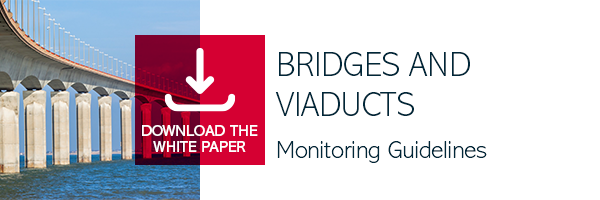Improving emergency management through the use of satellite imagery available at an affordable cost to all will be possible thanks to the Noctua project. It was set up in Lombardy to develop a service for collecting, processing, analysing and distributing satellite data, both for infrastructures and for monitoring natural resources.
Satellite imagery for emergency management: the benefits
The use of satellite imagery for emergency prevention and management has several advantages, both for citizens and for actors involved in crisis management operations.
To better understand its potential, it is first of all necessary to know that satellite imagery can be of two types:
-
Optical images, which can be acquired using the traditional method.
-
SAR (Synthetic Aperture Radar) images, radar acquisitions obtained by scanning the territory using electronic waves with a wavelength greater than one centimetre. This is a particularly useful acquisition method compared to optical systems. Because radars emit a signal and record the return echo, they operate continuously and allow data to be acquired even in the presence of cloud cover, both day and night. Currently, the satellites that acquire SAR images are: ERS1, ERS2, ENVISAT, RADARSAT, TerraSAR-X, JERS and COSMO-SkyMed.
So what are the advantages of using satellite images?
We can mainly identify four of them:
-
measuring the evolution of slow-moving phenomena (e.g. slow-moving landslides), large fires or the extent of flooded areas.
-
supporting the monitoring of critical infrastructures such as bridges, roads, dams.
-
supporting Civil Protection operators in the prevention of natural disasters.
-
measuring land consumption or construction activity.

Spatial analysis at the service of citizens
The possibility of acquiring images of our planet through satellites is a rather widespread practice, not only for military but also for civil purposes. The coverage is now widespread and the resolution of the images that can be obtained through a satellite is comparable to that of aerial images. However, putting satellites in orbit today requires substantial investment, although less than 30 years ago.
The complexity is not limited to the space component. Even the actual processing of satellite images requires several steps and elaborations, as well as the activation of actors with specific expertise.
The objective of the NOCTUA project, financed with POR FESR 2014-2020 funds, is to substantially reduce the overall cost of monitoring infrastructure and natural resources using radar imagery. The work involved the design and implementation of three components:
-
a space component, for the construction of the satellite
-
a component of algorithms for processing the acquisitions.
-
a cloud platform capable of operating self-service requests from end users and orchestrating all the steps.
What makes the project particularly innovative are two fundamental elements:
-
the acquisition of images takes place via a small satellite, equipped with a synthetic aperture radar, which allows the implementation of a low-cost, high-resolution space segment that is potentially accessible to local governments, private actors and emerging countries.
-
collaboration between all actors involved in the satellite imagery supply chain is facilitated through a cloud-based platform.
Noctua Project: Beta 80 Group's contribution
Beta 80 Group has created the cloud platform capable of orchestrating the various components of the satellite image supply chain. This cloud platform is able to:
-
allow users to purchase services, be they purchases of images already archived or yet to be acquired, or value-added services such as monitoring a bridge, landslide or territory.
-
communicate with the satellite control system to send acquisition requests and receive results.
-
communicate with all the actors involved in the processing, indicating the operations to be performed and making the material needed to produce the processing available.
-
publish the results of the processing.
The platform created by Beta 80 Group, which is now being used on an experimental basis, has been applied in several test cases, such as the quantification of the extent of the 2017 Ticino River flooding and the monitoring of a bridge and landslide in the municipality of Idro (BS).
Beta 80 Group has many years of experience in the Crisis Management sector, providing state-of-the-art technological solutions capable of intercepting, describing and classifying critical events that may have more or less significant impacts on territories, populations and organisations.

